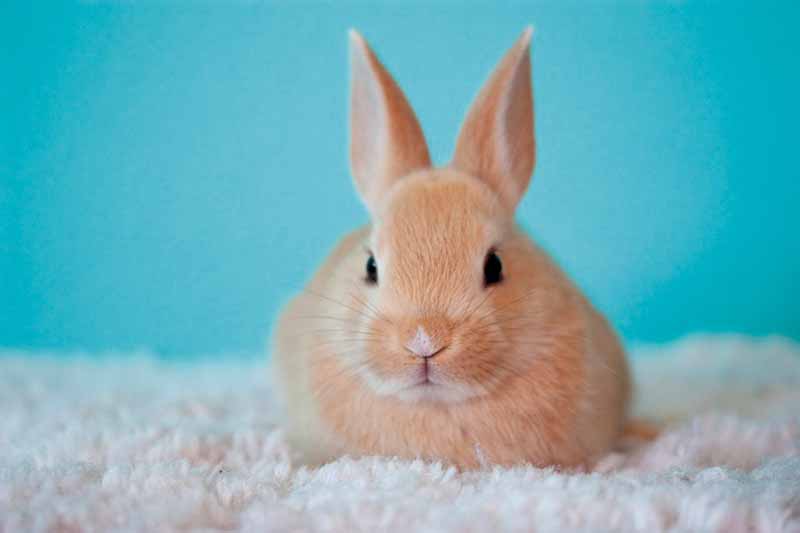 If Easter brought a new addition to your home in the form of a big-eared, fluffy-tailed bunny, you might find yourself wondering why your new friend is a bit more commitment than you initially bargained for.
If Easter brought a new addition to your home in the form of a big-eared, fluffy-tailed bunny, you might find yourself wondering why your new friend is a bit more commitment than you initially bargained for.
If that’s you, you’re not alone. Statistics show that 80 percent of rabbits bought at Easter time end up abandoned once owners realize how much work these balls of fluff can be. And even though they require a lot of TLC, bunnies can be great pets, especially for adults and older children.
Here are a few tips on caring for your pet bunny and making sure that Mr. Cottontail is part of your family for a long time.
A Hare-raising Diet
Hay hay hay. That’s the key to a rabbit’s diet, which should be 75 to 80 percent of grass hay. Good quality high fiber pellets and leafy green veggies, including spinach, swiss chard, kale and bok choy, as well as fruits like apples, pears, peeled bananas, and mango, are also important.
A Place To Hop
Keeping rabbits indoors protects them from predators, parasites and extreme weather conditions. It also makes them part of the family. A rabbit’s space—whether a cage or exercise pen or other protected housing area—should be safe and secure, stocked with toys and a litterbox. According to the House Rabbit Society (www.rabbit.org), a rabbit’s home should be at least four to six times the size of your bunny when it is entirely stretched out, more so if it is confined for a large amount of the day.
Find An Exotic Vet
Not all veterinarians are properly equipped to see rabbits, which are classified as an “exotic” species. When considering a potential veterinarian, make sure to ask if they have experience with rabbits specifically and how many bunnies are seen at their clinic each week. You should also consider spaying or neutering your rabbit; altered rabbits live longer, healthier lives and are also less aggressive.
Get On The Litter Train
Litter-training your bunny early will save you many a headache later on. Medium to large-sized cat litter boxes, filled with recycled newspaper or animal bedding, wood stove pellets or ground corncob pet litter as well as hay, usually do the trick. Multiple boxes in various corners might be necessary until your rabbit gets the hang of it and establishes a routine. If the bunny starts to lift her tail, ready to urinate, gently herd her back to her litterbox. After your bunny uses the box, praise her and give her a treat. As the rabbit is learning, experts advise to let the litter box stay a little dirty, otherwise your bunny will think she is not supposed to use it.
Give The Relationship Time
While you may have grand visions of cuddling with your rabbit every night, your new pet may not be there just yet. Bunnies need time to acclimate to their new environment. Build the friendship by getting your rabbit used to your voice, either by talking to him or other people. Don’t be afraid to get on his level, sitting quietly on the floor and giving him space to hop over to you, take some sniffs and hop away again. Small treats, like raisins or banana slices, are also little ways to win their affection.



















